CISF, which marks its raising day on 10 March, guards critical infrastructure like airports & nuclear facilities & corporates such as Reliance, TATA & Infosys.
New Delhi: From an agency raised to guard industries to an armed police force that now protects critical infrastructure of the country, including airports, atomic energy plants, space installations as well as giant corporates such as Reliance, TATA and Infosys, Central Industrial Security Force (CISF) has come a long way.
Not only has it transformed itself from being a force dependent on the government for its sustenance to one earning revenue through its security consultancy services, it has also become the Indian security force with the most women personnel.
How it all began
The CISF came into existence in the 1960s with a modest beginning, having three battalions, to provide integrated security cover to public sector undertakings (PSUs).
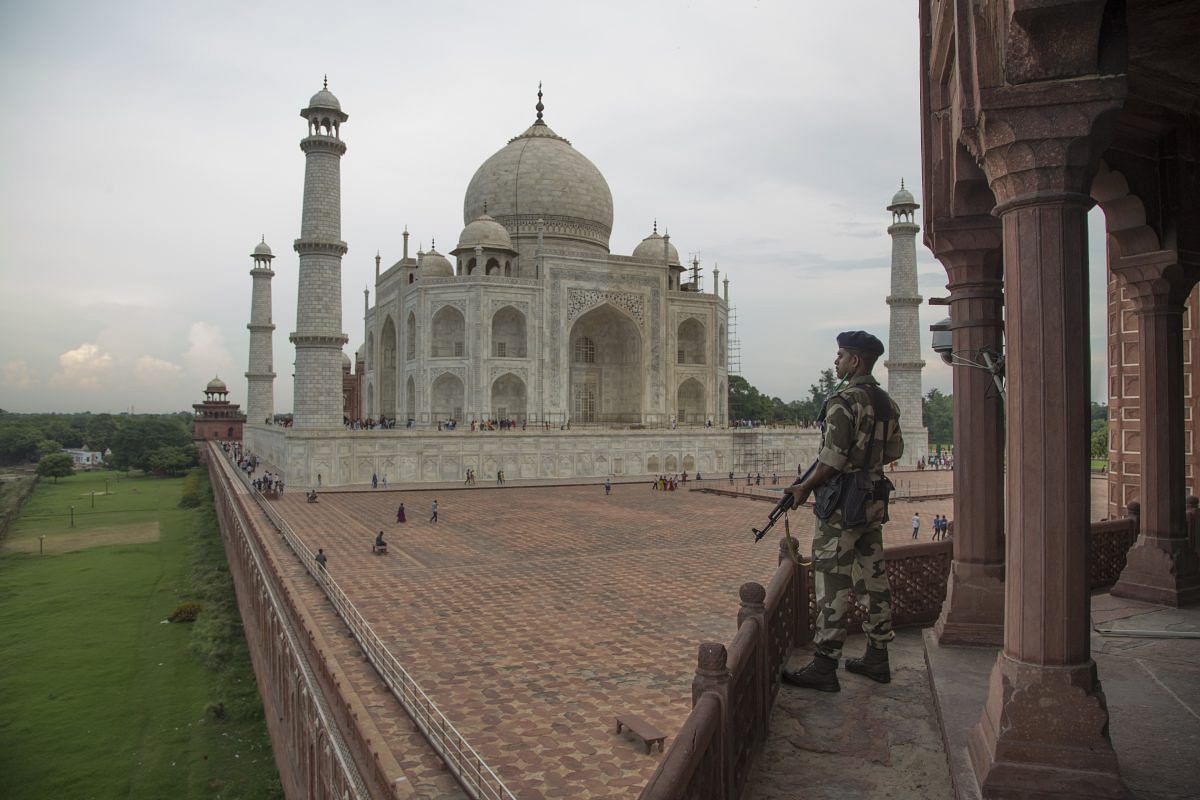
According to a senior CISF official, in January 1964, a massive fire broke out at the Heavy Engineering Corporation in Ranchi, which led to huge losses. This was followed by industrial violence and the local policemen guarding the plant were diverted and deployed to maintain law and order in the town.
“Security of the plant was ignored at such a sensitive time. It is then when the CISF was created specifically for protection of PSUs,” Additional Director-General of Police, CISF, Alok Pateria said.
From an agency to an armed police force
It was in 1983 that CISF was declared an armed police force.
“This move brought discipline and operational efficiency to the force. The morale of the personnel got a boost, as they felt that they are a part of the armed forces and were working for their country,” said Hemendra Kumar, PRO, CISF.
“The efficiency increased and the induction in new PSUs went up to 120 from 95,” he added.
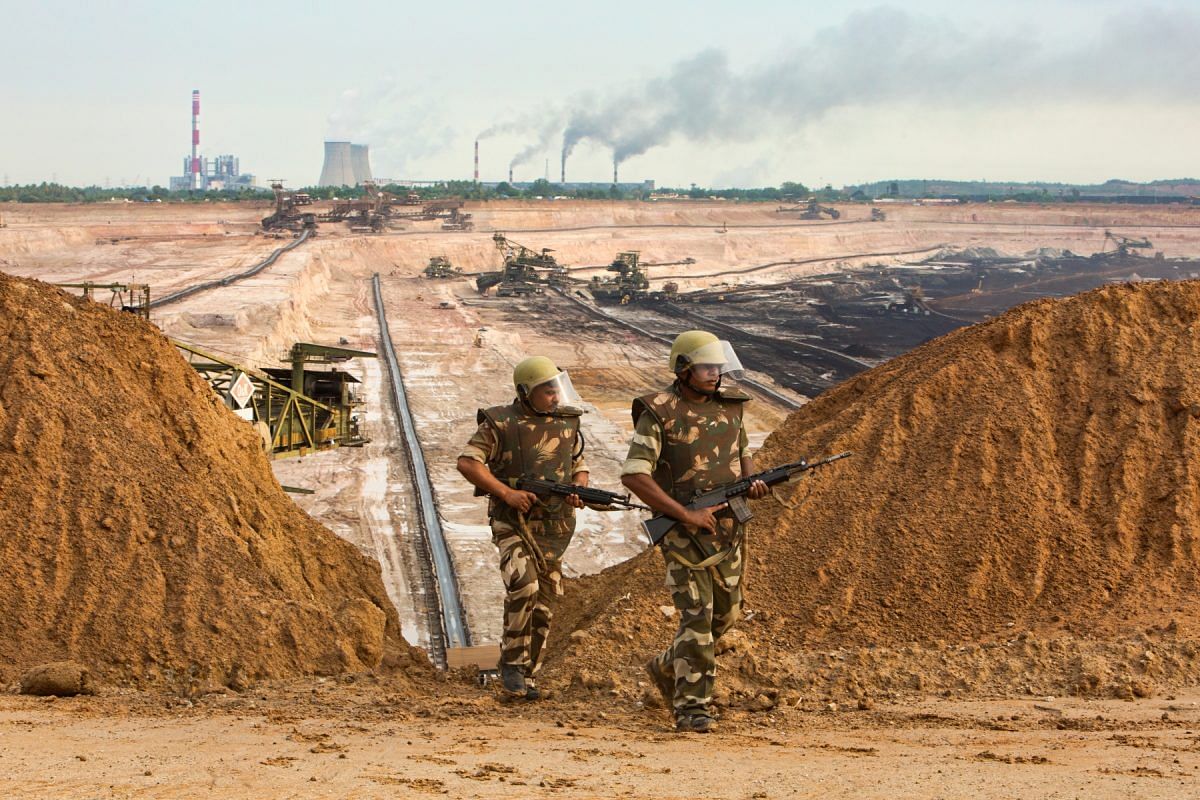
At present, CISF plays a key role in national security and has been deployed across major 59 major airports, atomic energy stations, sea ports, space installations, thermal power plants, defence production units, coal fields, important government buildings, Delhi Metro and several sensitive areas in Jammu and Kashmir and the northeastern states.
“A number of units are in areas affected by Left-wing extremism and have successfully protected them from attacks by terrorists and insurgents,” Kumar said. “The force has evolved as a professional Central Armed Police Force.”
Last year, 23,000 more personnel were recruited to the force, out of which 20,449 underwent rigorous training.
“If you see any of the CISF officer, you will find them vigilant, fit with six pack abs and on his toes, always. Such is the training,” the spokesperson added.
From an agency with 3,129 staff members, CISF has transformed into a highly-equipped modern force with nearly 1.5 lakh personnel. It has 339 units in the security wing and 101 units in the fire wing. The force has 12 reserve battalions, 8 training institutes and 66 other formations.
Securing 59 major airports
Airport security became a national security issue after the December 1999 hijack of an Indian Airlines flight. It is then that the government decided to revamp security across airports and the CISF was brought into the picture.
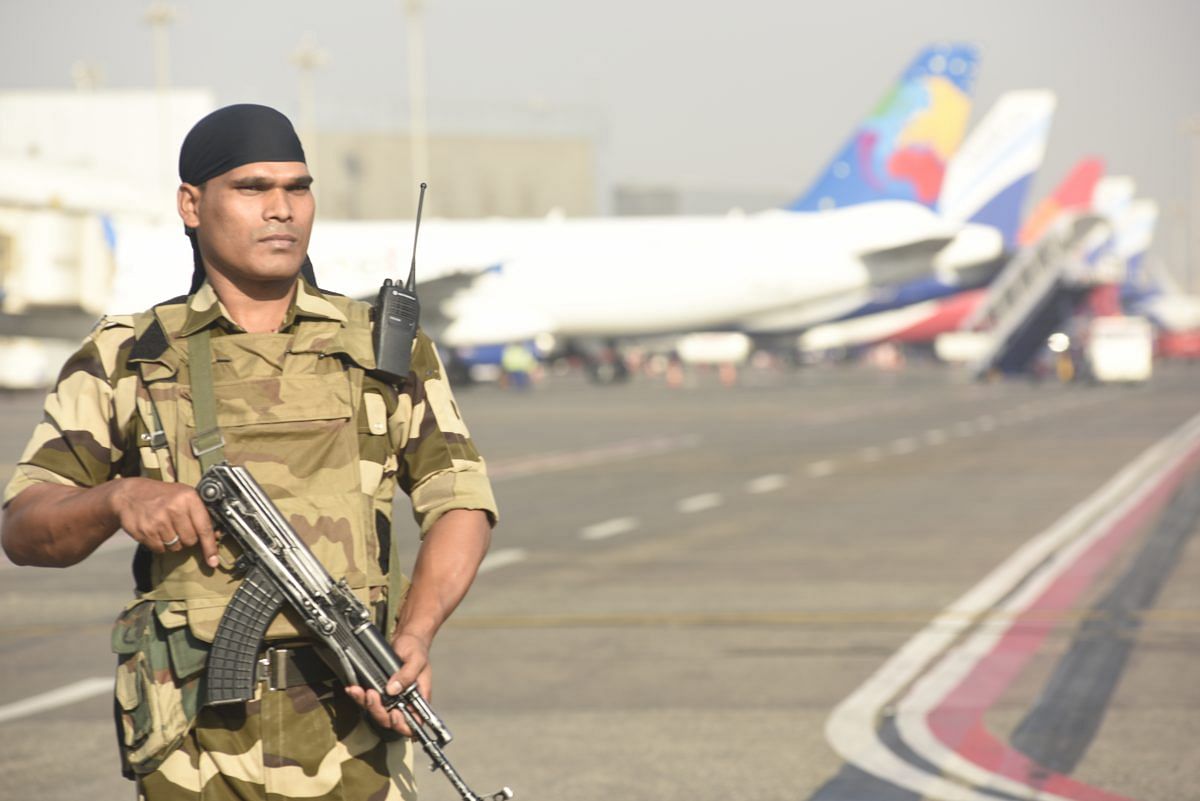
“It was a big responsibility and we needed more personnel on ground to execute what we planned,” a senior CISF officer said.
“More inductions were made and a foolproof plan charted out. The personnel deployed at airports are part of Aviation Security Group (ASG) and they have been specially trained,” he added.
“After CISF took over, the ASQ (Airport Service Quality) rating on security parameters of Indian airports was adjudged the best among the world’s prominent airports,” the officer added.
ASQ rating is the world’s leading airport customer satisfaction benchmark.
Security at private establishments
It was after the Mumbai terrorist attack in 2008 that the mandate of CISF was broadened to provide security cover to private establishments. At present, CISF provides security to nine corporates including Infosys, Reliance, TATA and Patanjali.
To secure VIPs, CISF has the special security group (SSG). “The SSG provides all three components of VIP security which include proximate protection, escort and house protection,” an officer said. “Today, it has become an elite unit of CISF comprising robust, dedicated and focussed personnel.”
At present CISF is providing security cover to 77 VIPs under X,Y,Z and Z+ categories.
A force that generates revenue for the government
In 1999, the CISF was given a mandate to provide technical consultancy services relating to security of any private or government sector establishment.
Whenever a private sector establishment asks CISF for consultancy, a team of officials visits the place to be secured, does a survey and accordingly prepares reports and gives suggestions, for which the CISF is then paid.
The consultancy wing of CISF has earned a revenue of Rs 172 crore to date. Last year, the force had earned Rs 3.2 crore, its highest revenue so far.
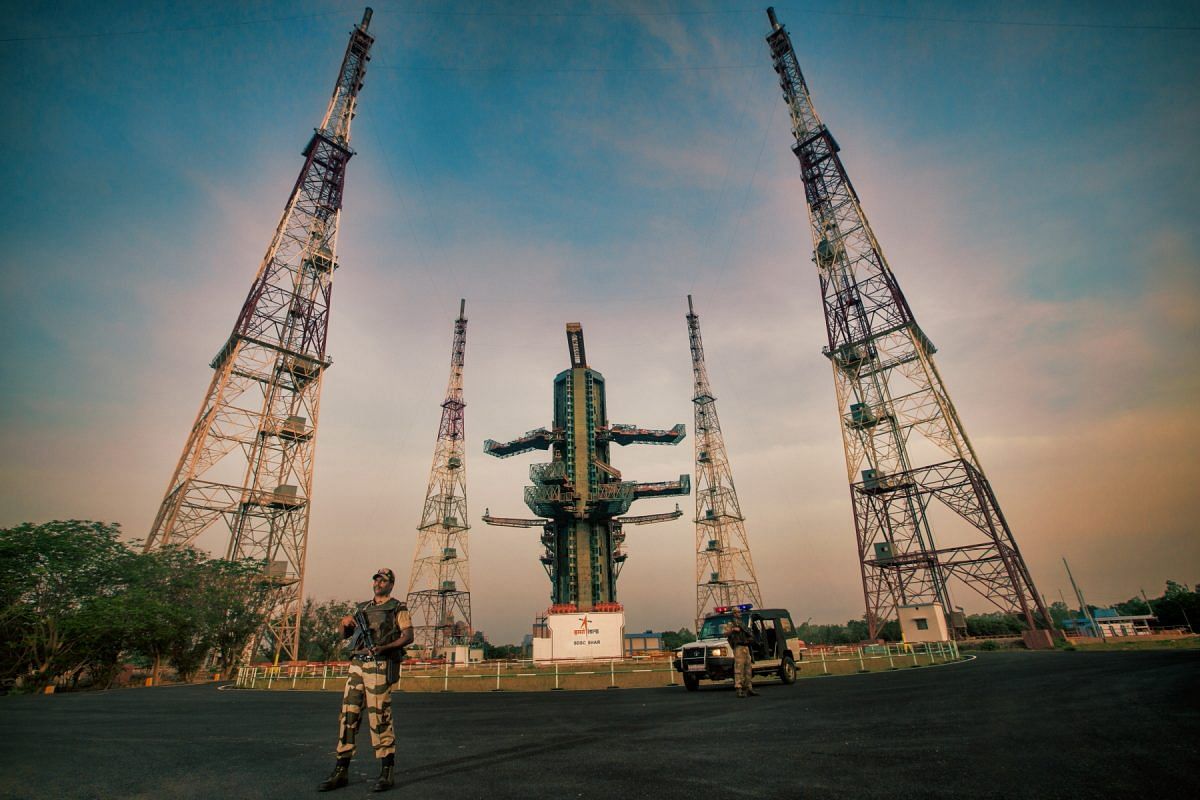
“In case, we provide deployment at any installation, then we charge on a monthly basis, that too after the sanction comes from the ministry,” Kumar said.
So far the CISF has provided security-related consultancy to 158 government and private establishments, including TISCO Ltd, Bangalore Metro, IDBI and ICICI banks, India Bulls and thermal power projects.
On average, CISF receives at least 10 requests every month from businessmen, factory owners, traders to provide security to their industries. “These requests increase if these owners fear that their factories will be vandalised due to an ongoing violent situation. We received many calls from traders when the Dera violence and the Jat agitation broke out in Haryana,” an officer explained.
A force with largest number of women officers
CISF has the largest number of women officers and personnel in various ranks among all Central Armed Police Forces. “These women personnel are trained in Filipino martial arts to put a strong fight in emergency situations and are deployed at major sites,” Kumar said. “At airports and in the Metro, they ensure that women passengers feel secure.”
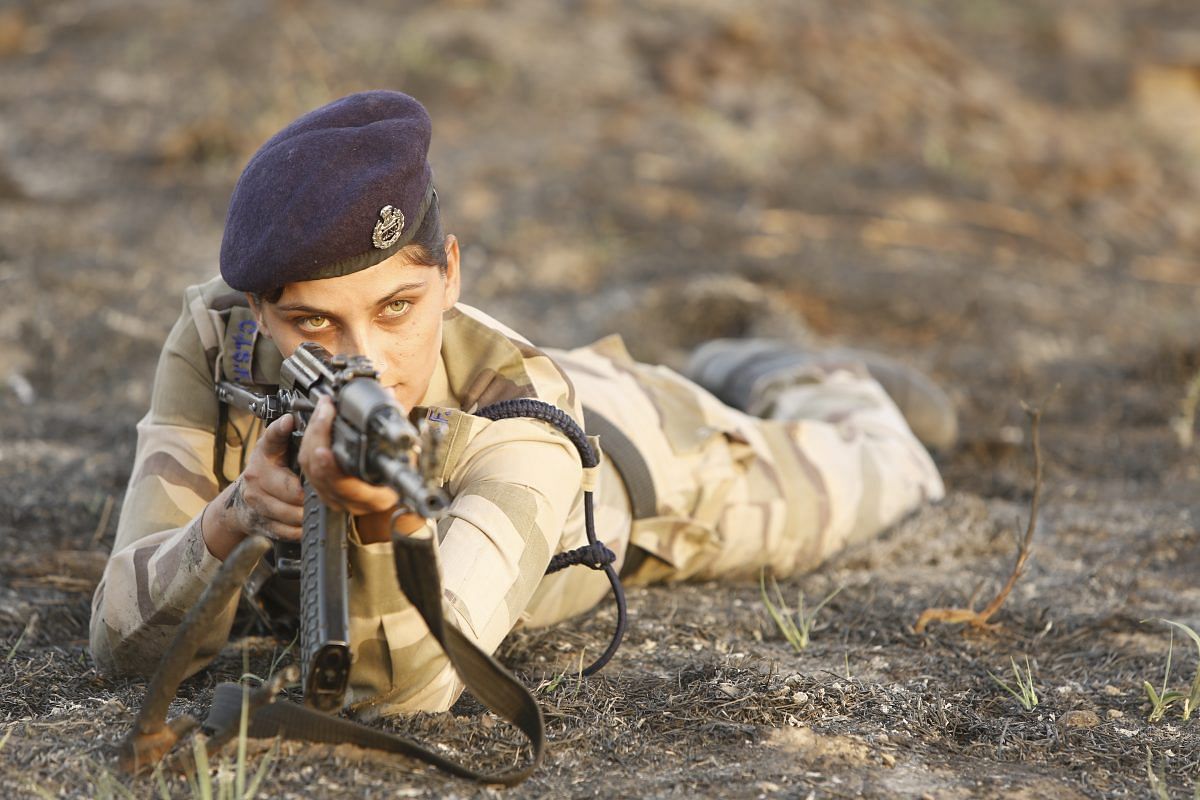
What is unique about CISF
According to officers, CISF is a need-based force, which unlike other forces, is not organised on battalion pattern.
The deployment of personnel is decided on the basis of the sensitivity of the installation that has to be secured, said an officer.
“In CRPF, ITBP or BSF, personnel are posted keeping in mind their previous service and rank. For instance, there are over 7,000 personnel at Delhi Metro under the supervision of a DIG rank official,” a CISF official said.
“The CRPF is involved in counter-insurgency operations or on field duties to maintain law and order situation, just like BSF on borders and ITBP on the Indo-Tibetan border,” said a CRPF officer.
“But the CISF has been entrusted only with the responsibility to secure key installations,” he added.


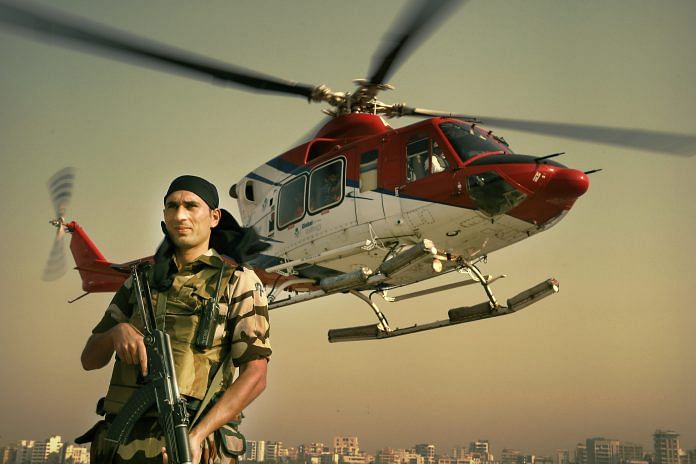

Cisf is full of corrupt officers and there is red tapism
I have want to join cisf
This kind of coverage is very useful. Very easy to be critical of the govt I had no idea that CISF who I encounter every day generated revenue and were not a burden on the exchequer.